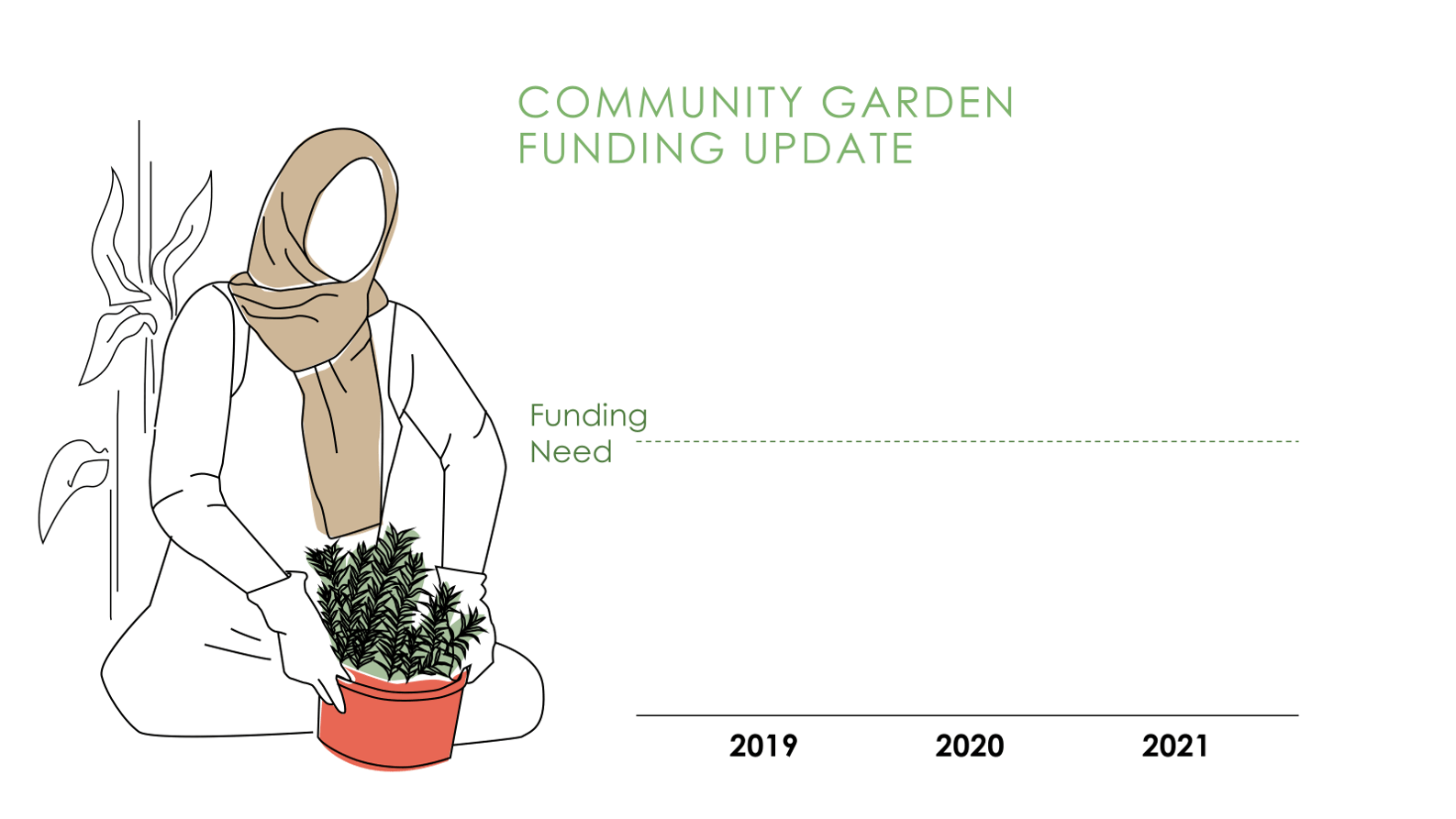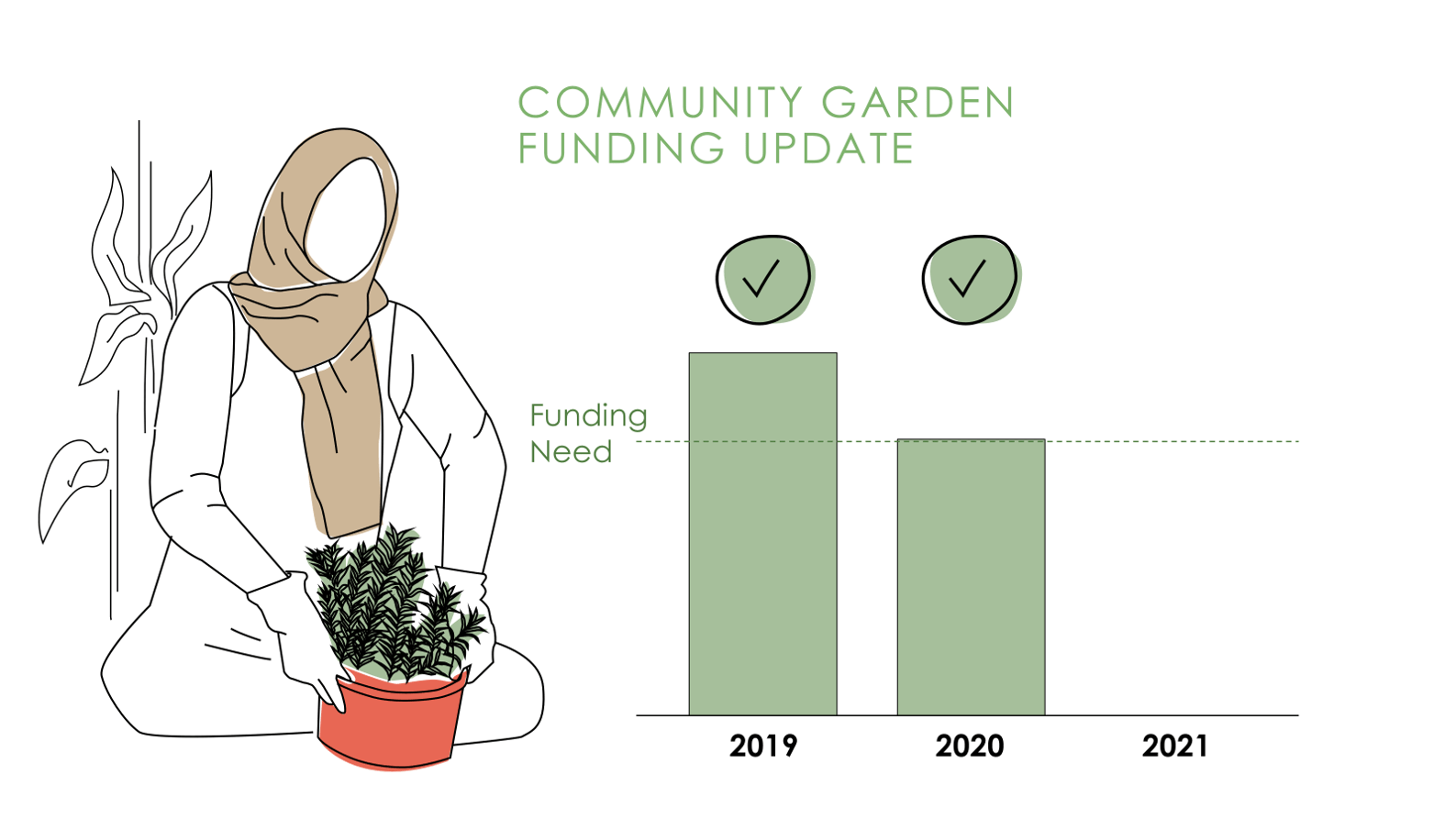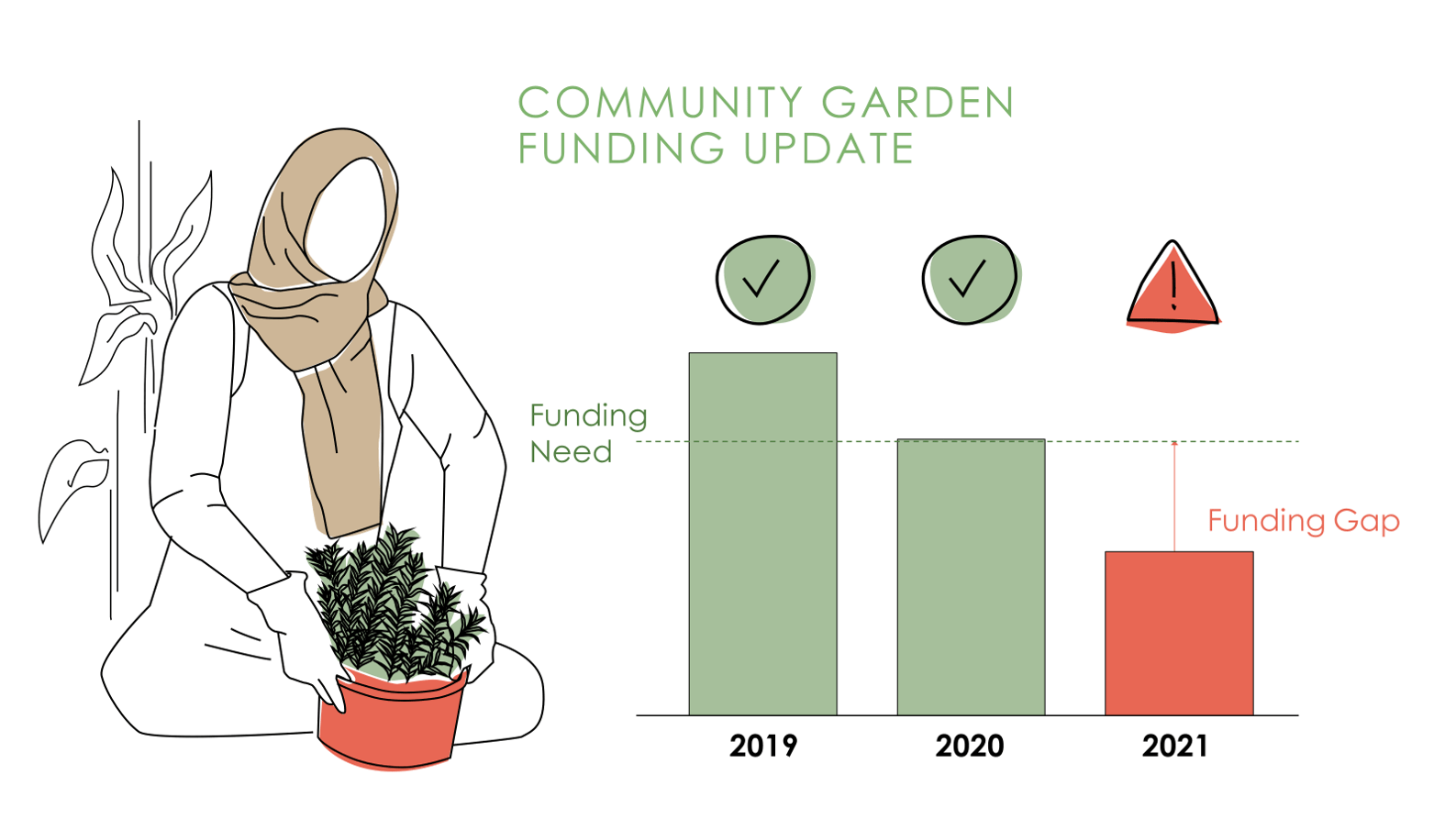How to level-up your presentation visuals
- Visual communication
- Comments: 2
Relationships are everywhere and if you can crack how to show relationships effectively on your slides then you’ll have your audience swiping right instead of left.

The Great Gatsby, To Kill a Mockingbird, Star Wars – epic stories that we go back to time and time again. Whether they’re in books, on TV, in films, or even on a podcast, we devour them and are still hungry for more. Compare that to the last presentation you saw. Did it have the classic logo slide? Or how about the one that shows you where all the offices are? Were there walls of text that you needed a telescope to read? Being such story-driven creatures, it’s hard to understand why we don’t imbibe storytelling in all aspects of our lives – work included – presentations included. It’s a mystery. But over the course of this article I hope to get to the bottom of it. We’ll delve into what makes stories so impactful for humans, and then look at how you can include storytelling in presentations to make them engaging, persuasive stories that leave your audiences clamouring to sign on the dotted line.
Much like a great story, we’ve got a great beginning, a compelling middle, and a killer ending, but we realise you might want to skip to the last page to find out who did it. Use the links below to navigate to your favourite section, or start at the very beginning – we’ve heard it’s a very good place to start.
Humans have been telling stories for a long time, but did you know stories engage us, they persuade us, and they make things more memorable? You probably did – I mean whether it’s Jane Eyre or Air Force One stories have power. But let’s pop the hood and figure out how this works in practice, and then see how we can apply it to our presentations.
Storytelling is a great way to stimulate engagement in your audiences and the reason for that comes down to a chemical in the brain called oxytocin. According to Paul Zak, whose lab is responsible for the discovery and much of the research to do with oxytocin, we produce the chemical when ‘we are trusted or shown a kindness’. It helps us to cooperate with others by heightening the empathy we feel.
Zak and his team did a few interesting experiments with oxytocin. In one they found that character-driven stories cause oxytocin to be produced, which in turn increased the subject’s willingness to help others. In another, they found that character-driven footage (that crucially had no narrative) did not generate the same chemical or emotional response in subjects.
Zak’s conclusion is that in order to generate this empathetic response in us, a story must grab our attention by developing tension. It’s that tension that audiences tap into and that leads them to empathise with the characters. And what do we know about stories that begin with tension? Well they’re like every great and engaging story out there – all that employ ‘the dramatic arc’: the introduction is followed by a rise in tension, there’s a climax, and it all falls away to an ending.
It’s easier than you might think to apply the dramatic arc to your presentations. Instead of starting your presentation with a list of where your offices are, start by painting a picture of the challenges your audience faces. Immediately you introduce the tension that opens the door for your audience to get emotionally involved in your story. More on exactly how to do that later.
‘These aren’t the droids you’re looking for’, instead can I interest you in this great solution we’re offering at a fraction of the price? Wouldn’t it be great if Jedi mind tricks worked in the real world!? Sadly, the force is not with me. But there is a different tool I can use to persuade prospects instead: that’s right, a good story.
Storytelling has huge persuasive powers, as demonstrated by a couple of really interesting studies. Penn State College of Medicine found that medical students were much more sympathetic and open to helping dementia patients after taking part in an exercise whereby the patient told stories based on images they had been given. The University of Massachusetts Medical School monitored two sets of patients at risk of high blood pressure. One set was treated as per the normal method, the other set watched three videos that presented the stories of real patients dealing with high blood pressure. At the end of the study, it was the second group that demonstrated better blood pressure results.
Both of these examples show that our response to certain situations can be affected by storytelling. Stories persuade us out of indifference, they involve more of our brain and make us connect on a deeper level. According to the team over at Pressboard when we read something dry and fact-based the only part of our brain engaged is our language processing centres. But stories activate so many more parts in our brain – the sensory cortex, the motor cortex, the hippocampus – it’s all fair game when you’re telling a story.
We all want to be remembered, don’t we – whether that’s from an Oscar-winning performance many years from now, or just from a highly competitive pitch when the shortlist is being drawn up. But how do we make our content memorable? Well, it could be argued that you can be very memorable with an audacious pitch – just read about this situation our director Joby encountered – so maybe a better question is how can you make your content both memorable and relevant?
We’ve all done the trick where we have to remember a list of items, first by just trying to remember them in order, then by turning them into characters on a journey – think Sherlock and his memory palace. Stories help us remember things much better.
Nick Morgan, the author of Power Cues argues that all the information we class as important in the business world – things like facts and figures – this stuff just doesn’t stick in our minds at all. It’s actually stories that create ‘sticky’ memories ‘by attaching emotions to things that happen.’
So by telling stories in your presentations you better equip your audience to leave remembering what happened and, as we read earlier, more persuaded to buy your solution.
The trouble is that though the science may be true, few of us are blessed with the storytelling ability of J.R.R. Tolkien or Phoebe Waller-Bridge. So just how do we go about including more storytelling in presentations? Here are three practical examples where we can use the science we’ve just learned to make sure our presentations are more engaging and impactful, thanks to a healthy dose of narrative.
As we saw earlier, the attention span is a cruel mistress. It can so quickly jump from the presentation you’re watching to what you had for lunch, or to coming up with a pithy comeback from an argument you had seven years ago. This is why any presentation that starts by telling your audience who you’ve worked with, where your offices are, how many employees you have, and how your team is structured, just isn’t going to scratch their itch.
The team at Pressboard dug into this a little. They studied over 300 brand articles and measured them all against certain engagement criteria. They found that if the brand was brought up too early – before there was any semblance of a story in the article – the reader was far less engaged. Readers responded best when the brand was brought in as a character in the story a little later on.
So if you jump in too soon with all of that ‘who we are’ information, evidence suggests you’re going to turn off your audiences before you’ve even really got started. Instead, if we’re to follow Pressboard’s example we should begin with a story, and then introduce our brand or product as a character in that story after we’ve built up a little tension.
And how do we build up tension? Well there’s another character you can add into your story. Your audience. Stories generate empathy within us – we’re used to putting ourselves in the place of the main character – so you should craft your story so your audience can see themselves sleep-walking into huge losses, or stumbling into an unskilled workforce, or not noticing that change is on the horizon.
I think you’ll agree outlining the imminent doom your prospect is millimetres away from avoiding is more attention-grabbing that showing them an inspirational quote from your CEO.
It feels familiar doesn’t it – unsuspecting person inches from disaster, suddenly saved by chiselled superhero. And that’s exactly how we teach people to craft their presentation introductions. And just to get really meta, we’ve written a story about how it all works. Watch it unfold in the video below!
Okay, so we’re off to a flying start with your story-rich presentation. What about the main body of content? You can still weave stories throughout these slides. Think of them like episodes in a series. The presentation (or series) might be about saving you from relying on paper records and switching to a digitised solution, and one slide (or episode) could be about the dangers of data protection and maintaining records safely and efficiently.
Just like you set up the challenges and hero over a few slides in your introduction, you can set up the shorter story in the same way, just using clicks and animation to talk about the ‘before’ and ‘after’.
Here’s a video of how the slide story from earlier might play out over a slide.
But often a roadblock for people is data – statistics, bar charts, line graphs, percentages – so many numbers that feel like they’re a key character in your story (often a character the higher-ups want you to include regardless). So how do you tell a story with data? First, there are some things you should know:
Purpose: The first question you should always ask yourself when including data in a presentation is ‘what is the point of it?’ Broadly it might fit into one of these categories: persuasion, dissuasion, reassurance, shock. And then you can take it a level deeper and add your story: we’ve got a number that will dissuade the audience from relying on paper records, let’s use it at the beginning of the slide where we talk about data breaches. This should stop you using numbers just for the sake of it. First build your story, then add your evidence.
But ‘with great power comes great responsibility’. Never was a truer phrase spoken about using data to persuade people. Think about this stat:
According to the World Health Organization there are 1.1 billion smokers worldwide.
Hmm… 1.1 billion is a big number. That must be bad, right? But hang on, there are nearly eight billion people in the world, so maybe it’s not so big after all.
Here’s some human nature: if you put 1.1 billion on a slide and make it really big – well that means it’s bad. If you put 1.1 billion on a slide quite small next to a far bigger number – say 8 billion – well that means it’s actually quite good.
Then with a liberal smattering of words like ‘only’, ‘almost’, ‘nearly’, ‘over’ – you’ve totally convinced your audience.

Well, not quite. It all seems a bit manipulative, and audiences don’t like feeling manipulated. To avoid this, you guessed it, you’ve got to start with your story and then use your stats as evidence that support the point you’re trying to make.
Let’s pull back our slide from earlier. We’re talking about how a digital solution helps you maintain records safely and efficiently. A good supporting stat might be the number of companies nationwide that have declared data breaches due to records being kept on paper. Let’s say the number is 64%. That’s nearly two thirds – let’s not just rely on a big number, let’s make this a visual part of our story too.
See how the stat supports the story – it’s much more compelling than just putting a big number on a slide – and it engages more parts of the brain.
But sometimes you just need to have a graph on your slide. A number cleverly woven into your story won’t do. What do you do in this scenario? First, you still make sure it’s there for a good purpose, and that it’s in the right place in the presentation according to the story arc.
Second, you tell a mini-story with your graph. Think of it like a short film: establishing shot, introduce the characters, increase tension, happy resolution. Easy. Grab a graph, and open up the animation ribbon – you’re gonna need it.
Establishing shot: Or context setting. For a film it’s things like location, time of day, season, for a graph it’s your axes and labels.

Introduce the characters: In your graph these are the data points. Animate in your bars. But wait.
Increase tension: If you animated both bars in at once your audience switches their processing power to the graph and ignore you as the presenter. You’ve given them a problem to solve – what does the data mean – and they’re busy trying to reach the correct conclusion. So increase tension. Bring in one data set first and call out a couple of points (the ones you want to direct audience attention towards for the big reveal later on). Pause.

Happy resolution: Bring in the second data set. The points you called out should have the most drastic difference.

If the story isn’t clear, go back to the purpose – try to summarise what the data is telling you in one sentence. Set the scene, create the tension, and then bring in your punchline. If there isn’t a clear punchline, then there probably isn’t a clear purpose for the graph in the first place. Be brutal, don’t bother your audience with it.
But what about your happy ever after? All good stories need great endings and presentations are no different. There are two parts to this: structure and call-to-action.
Novelists don’t often just start writing without a plan: J.K. Rowling came up with the main story arc for all seven Harry Potter books before she put pen to paper with the Philosopher’s Stone. In the same way we need to think about the structure of a presentation before we begin writing speaker notes and creating slides.
Presentations need to be structured around a value proposition – for help with that, head to our guide here – but why has that got anything to do with the structure? Having a tight structure means that your presentation will never fizzle out, and it gives you a great way to summarise your main points and get them locked down in the minds of your audience. There’s no flabby appendix full of the content that isn’t important enough to go earlier. It’s to-the-point, memorable, and leaves your audience eager for more.
When a good story ends, it leaves a small hole in your heart. You were drawn into different worlds full of heroes and villains and good and evil. You’re left wanting more, but there is no hand reaching out to you from the dust cover to pull you inside. This is where books and presentations differ. In a presentation you finish by extending a hand and inviting your audience to take part in the next chapter of the story. If you tell a compelling-enough story, then why wouldn’t your prospect want to jump in?
A Journey to the Western Isles of Scotland is the most boring book I have ever read. Never have I had greater disinterest to visit a place than after reading that book. The ironic thing is that I have visited the Western Isles of Scotland, and I’d go back in a heartbeat, but the book – the story – did nothing to excite my wanderlust. My point being that even if the product is great, the way you sell it – the story – can make or break your sale. No-one will take you up on your call-to-action if your story is rubbish.
And finally, a note on the call-to-action itself. Keep it short. Keep it simple. Keep it snappy. Think of it as a sample chapter of the author’s upcoming novel – enough to whet your audiences’ appetite, but not so much that they forget the great story they’ve just finished reading.
If you’re still hungry for insights on storytelling in presentations, check out some of the links below:
Relationships are everywhere and if you can crack how to show relationships effectively on your slides then you’ll have your audience swiping right instead of left.
In our information-rich world, we like to gorge ourselves on data. There are stats and facts for just about any topic you can imagine, just a Google search away. But are data on their own informative enough? When you’re presented with a wall of numbers, are you able to easily decipher the context, background and ramifications of all that information? Probably not – which is why data visualization is becoming increasingly important.
Webinars, videos and eLearning are excellent ways to push your content out to a wider audience. It’s really important, therefore, that the content we send out is engaging, and your script is going to do a lot of the heavy lifting. Here are five best practices to create compelling scripts.
Join the BrightCarbon mailing list for monthly invites and resources
Tell me more!Great work combined with amazing service, gracias Team BrightCarbon!
Mila Johnson InComm

Thanks for explaining how storytelling can leave an audience to better remember a presentation and to be persuaded. My wife and I want to do something fun and are looking for ideas on how we can improve our business. We should go to a storytelling presentation sometime, and if we like it we should consider how to incorporate storytelling in our business meetings.
You guys at BC are brilliant!
Thanks for being so inspiring in a number of ways for PowerPoint. It has helped to change the way I present and create education resources.